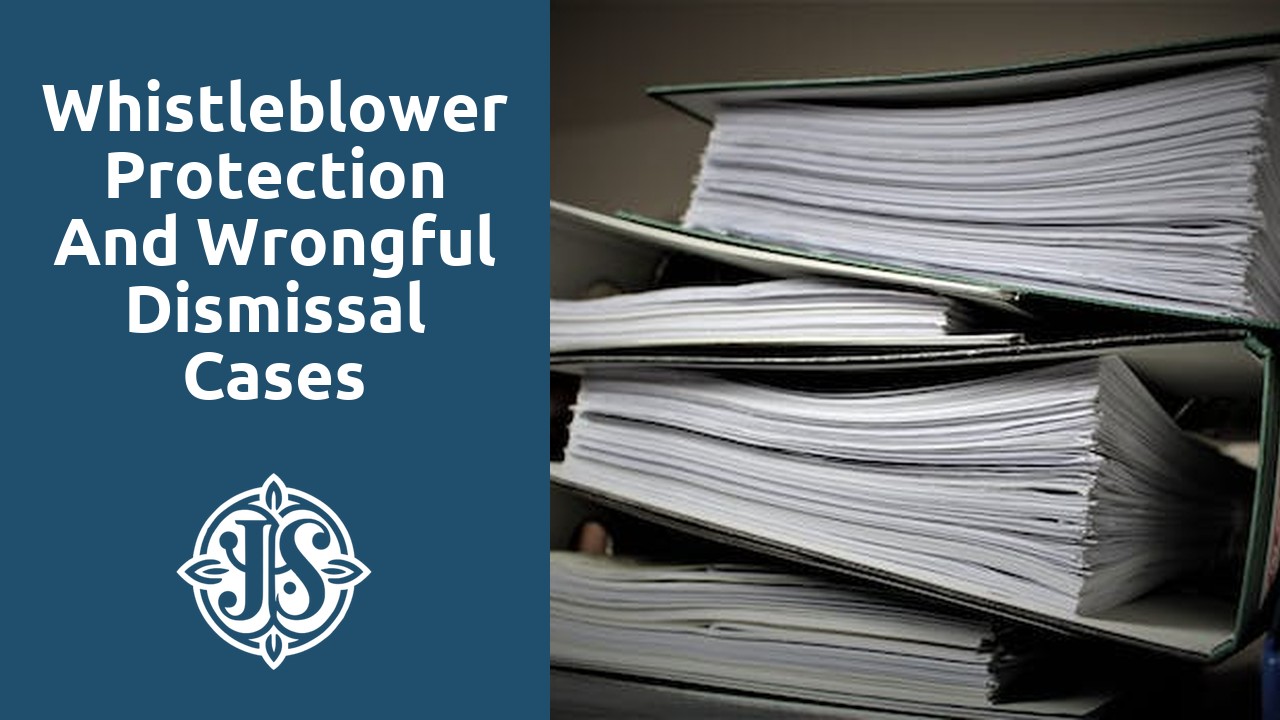Contents
- 1 Understanding the Role of Damages in Breach of Contract Cases
- 2 Exploring Legal Strategies to Minimize Losses in Contractual Breaches
- 3 Navigating the Complexities of Damage Mitigation in Contract Law
- 4 Unpacking the Importance of Actively Addressing Contractual Breaches
- 5 Strategies for Protecting Your Interests in Breach of Contract Disputes
- 6 Examining the Legal Considerations in Minimizing Damages in Contractual Breaches
Table Of Contents
Understanding the Role of Damages in Breach of Contract Cases
When it comes to breach of contract cases, understanding the role of damages is crucial. Damages are the financial compensation awarded to the innocent party who has suffered as a result of the breach. It is a means to restore them to the position they would have been in had the contract been performed as intended.
There are generally two types of damages that can be awarded in breach of contract cases: compensatory damages and consequential damages. Compensatory damages are awarded to cover the direct losses experienced by the innocent party as a result of the breach. These could include monetary losses, such as the cost of goods or services that were not delivered according to the contract. On the other hand, consequential damages go beyond the direct losses and take into account the indirect or secondary losses that were reasonably foreseeable at the time of entering into the contract. These could include lost profits or damages to reputation. Understanding the different types of damages is essential in assessing the extent of the harm caused by the breach and seeking appropriate compensation.
Exploring Legal Strategies to Minimize Losses in Contractual Breaches
When faced with a breach of contract, individuals and businesses need to explore various legal strategies to minimize their losses. Acting quickly and decisively can help mitigate damages and protect their interests. One effective tactic is to review the contract thoroughly, identifying any provisions that may provide remedies or relieve liability in case of a breach. By understanding the scope of the breach and the potential consequences, parties can gauge the extent of their losses and devise appropriate measures to mitigate them. This may involve seeking compensation through negotiation, mediation, or, if necessary, legal action.
Navigating the complexities of damage mitigation in contract law requires a thorough understanding of the legal framework surrounding breach of contract cases. When a party breaches a contract, the non-breaching party is generally entitled to damages as compensation for the losses suffered as a result of the breach. However, mitigating these damages can be a daunting task, as it involves balancing the need to recover losses while also taking steps to minimize further harm.
One key aspect of damage mitigation is the concept of reasonable efforts. This means that the non-breaching party has a duty to take reasonable steps to mitigate their losses and minimize damages. These efforts may include seeking alternative contractual arrangements, pursuing substitute transactions, or actively taking steps to minimize the impact of the breach. By demonstrating that they have made reasonable efforts to mitigate their damages, the non-breaching party can strengthen their case and potentially increase their chances of recovering a higher amount of damages.
Unpacking the Importance of Actively Addressing Contractual Breaches
Actively addressing contractual breaches is crucial for both parties involved in a breach of contract dispute. Failing to promptly address the breach and take appropriate actions can have serious consequences and further exacerbate the situation. The importance of actively addressing contractual breaches lies in the opportunity it presents to mitigate damages and ultimately protect one’s interests.
By actively addressing contractual breaches, the aggrieved party can take necessary steps to enforce the terms of the contract and seek remedies for the breach. This can involve initiating legal proceedings, such as filing a lawsuit or arbitration, to hold the breaching party accountable and seek compensation for any resulting losses. Taking swift action can help minimize the damages suffered and prevent further harm to the injured party’s business or reputation. Additionally, actively addressing contractual breaches sends a clear message that breaches will not be tolerated, which may deter future breaches and enhance the overall integrity of the contract.
Strategies for Protecting Your Interests in Breach of Contract Disputes
Taking proactive steps to protect your interests in breach of contract disputes is crucial to minimize potential losses and ensure the best possible outcome for your business. One of the primary strategies to consider is the inclusion of specific provisions in your contracts that outline the consequences of a breach and the remedies available to both parties. By clearly defining these terms, you can establish a framework for addressing breaches and holding the other party accountable.
Additionally, it is essential to document all communication and correspondence related to the contract and any alleged breaches. This includes keeping records of emails, letters, and meeting minutes that discuss the terms of the agreement, any performance issues, and attempts to resolve disputes. Having a comprehensive paper trail not only provides evidence of the other party’s breach but also strengthens your position in any potential legal proceedings. Therefore, it is recommended that you maintain meticulous records throughout the process, from the initial negotiation to the termination or completion of the contract.
Examining the Legal Considerations in Minimizing Damages in Contractual Breaches
Examining the Legal Considerations in Minimizing Damages in Contractual Breaches
In breach of contract cases, it is crucial to understand the legal considerations involved in minimizing damages. When a party to a contract breaches its obligations, the other party may suffer losses as a result. However, the law imposes a duty on the non-breaching party to mitigate these damages as much as possible. This means that the injured party must take reasonable steps to minimize the harm caused by the breach.
One important legal consideration in minimizing damages is the concept of foreseeability. The injured party should aim to foresee the potential damages that may arise from the breach and take appropriate actions to prevent or reduce them. For instance, they may seek alternative arrangements or suppliers to mitigate the financial impact. Additionally, the injured party should document any efforts made to mitigate damages, as this documentation can be important in later legal proceedings. By actively addressing contractual breaches and carefully considering the legal implications, parties can effectively protect their interests and minimize the negative consequences of a breach of contract.
Related Links
Breach of Contract and Force Majeure Clauses in the COVID-19 Era
Social Media Misconduct and Wrongful Termination Claims




